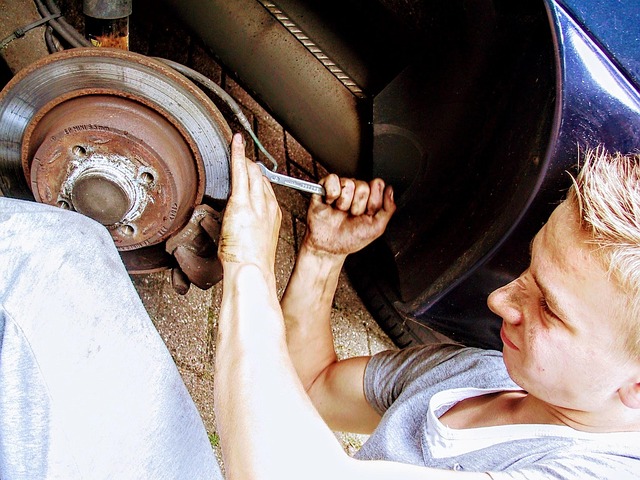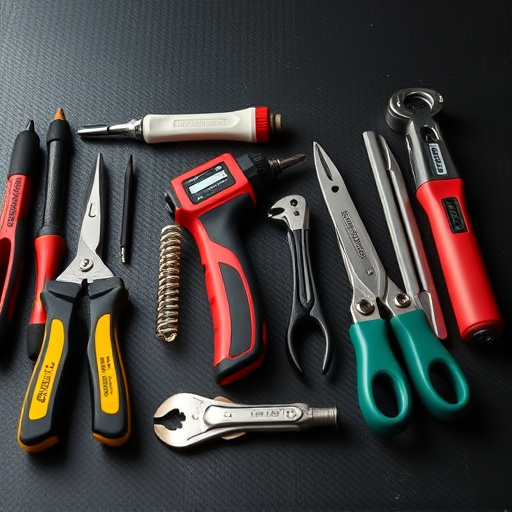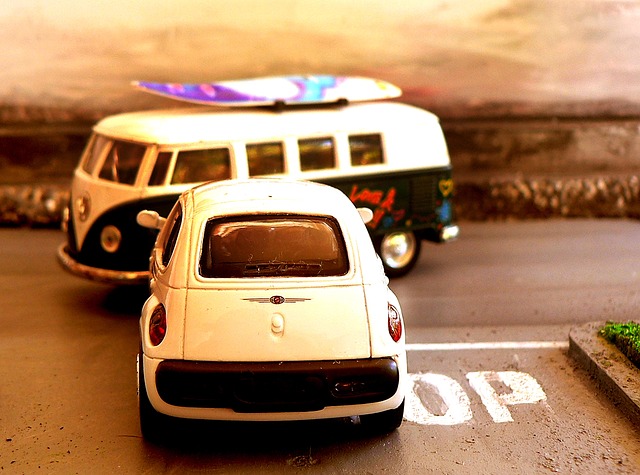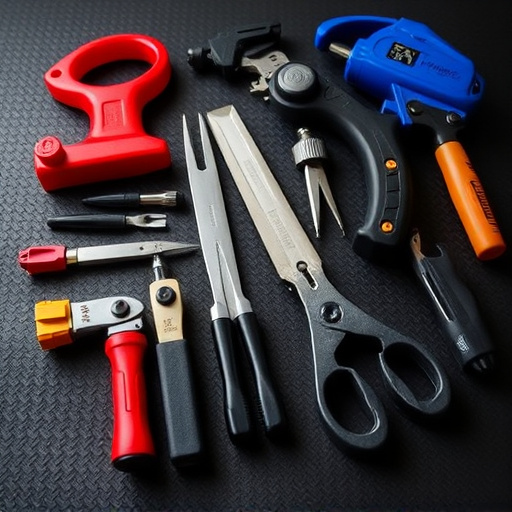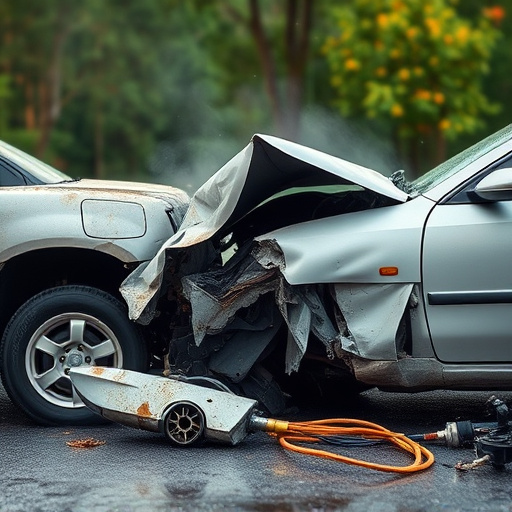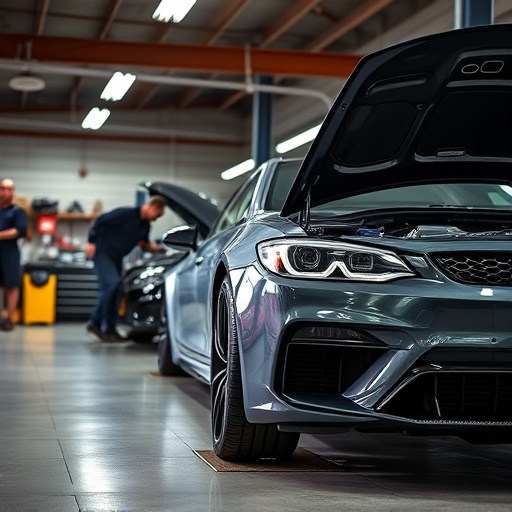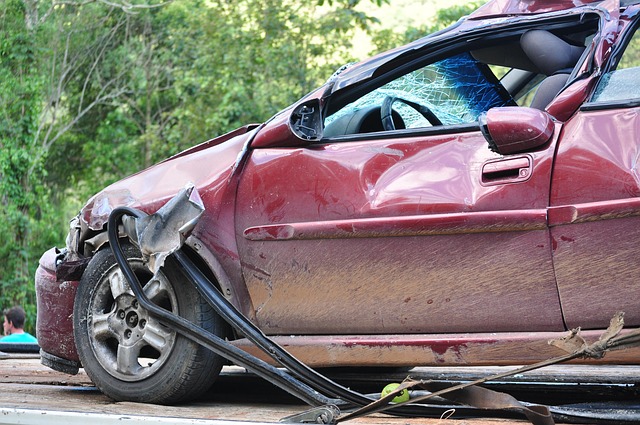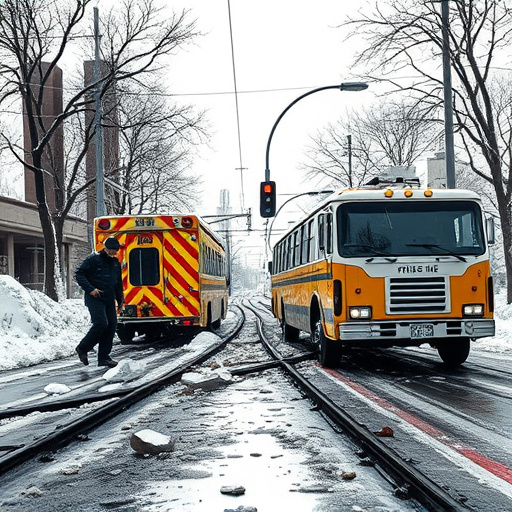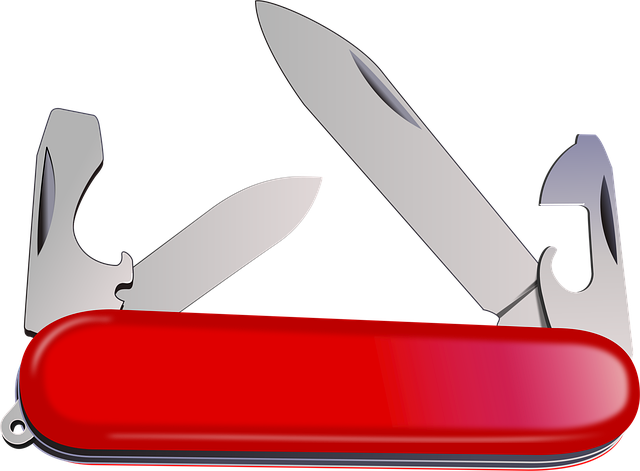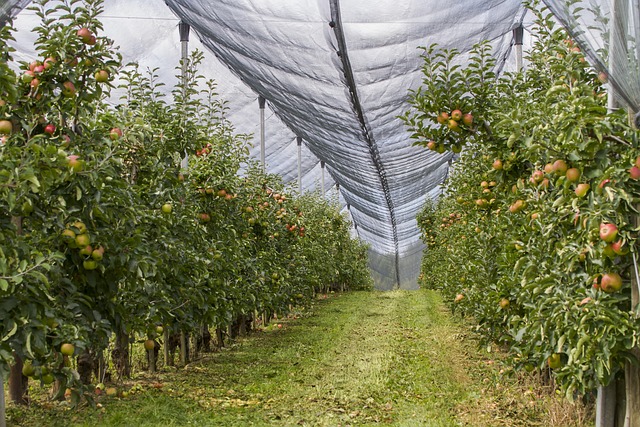Digital innovations are transforming collision repair experiences, with advanced tools like 3D scanning and robotic frame straightening revolutionizing damage assessment and car body restoration. Digital platforms enhance communication through online claim filing and transparent costing. Virtual reality (VR) and artificial intelligence (AI) are used for technician training and workflow optimization, increasing efficiency and precision. In today's digital age, personalized customer experiences are the norm, driven by technology's convenience, with collision repair shops using data to provide tailored solutions. The future of collision repair is sustainable, eco-friendly, and efficient, with a focus on reducing environmental impact while maintaining high-quality car restoration.
The future of collision repair is here, driven by digital innovations that transform the industry. From personalized customer experiences to sustainable and efficient processes, the collision repair landscape is evolving rapidly. This article explores how advanced technologies are streamlining services, enhancing customer satisfaction, and promoting a greener future for the sector. Discover the trends redefining the collision repair experience and shaping its progress.
- Transforming the Industry: Digital Innovations in Collision Repair
- Personalized Customer Experiences: The New Normal
- Sustainable and Efficient Processes for a Greener Future
Transforming the Industry: Digital Innovations in Collision Repair
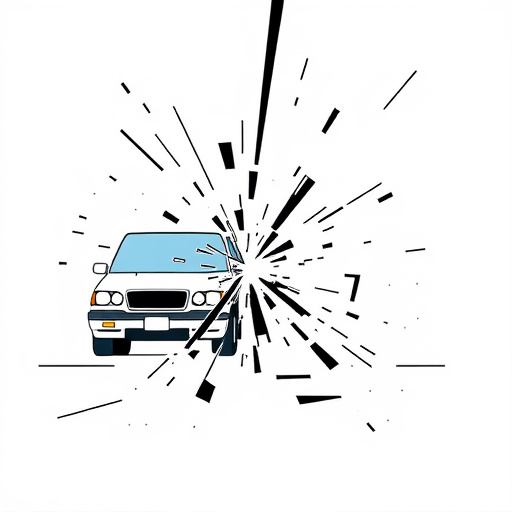
The collision repair industry is undergoing a significant transformation driven by digital innovations. Modern technologies are streamlining every aspect of the collision repair experience, from initial damage assessment to final car body restoration. Advanced tools like 3D scanning and robotic frame straightening ensure precise measurements and accurate repairs, reducing the time and cost associated with traditional methods.
Digital platforms also facilitate efficient communication between customers, repair shops, and insurance providers. Online claim filing, real-time updates on repair progress, and transparent costing are some of the features enhancing the collision repair experience. Moreover, virtual reality (VR) and artificial intelligence (AI) are beginning to play a pivotal role in training technicians, simulating complex repairs, and optimizing workflow, marking a new era in car bodywork that promises even greater efficiency and precision in the future.
Personalized Customer Experiences: The New Normal
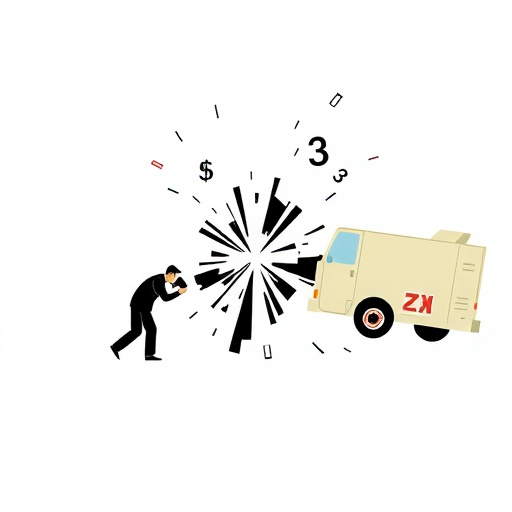
In today’s digital age, personalized customer experiences have become the new normal across various industries, and the collision repair sector is no exception. Customers now expect tailored solutions that cater to their unique needs and preferences. This shift is driven by the convenience and accessibility offered by technology, enabling auto body repair shops to gather and analyze customer data effectively. By understanding individual requirements, businesses can provide a more streamlined collision repair experience. For instance, offering personalized quotes, scheduling options, and real-time updates on repair progress can significantly enhance client satisfaction.
This evolution towards personalization goes beyond mere convenience; it ensures that every step of the collision repair process is aligned with the customer’s expectations. From initial assessments to final inspection, using digital tools allows for precise car bodywork repairs. This level of customization not only fosters a positive perception of the collision repair shop but also encourages repeat business and referrals based on exceptional personalized service experiences.
Sustainable and Efficient Processes for a Greener Future

The future of collision repair experience services lies in adopting sustainable and efficient processes that reduce environmental impact while ensuring high-quality car restoration. This shift is driven by a growing awareness of the environmental costs associated with traditional auto maintenance practices, such as excessive waste generation and resource consumption. By implementing eco-friendly techniques, collision repair shops can significantly minimize their carbon footprint, contributing to a greener future.
One key aspect is embracing innovative technologies that streamline repairs, reducing the time and materials needed for car damage repair. This not only cuts down on costs but also lessens the environmental strain by minimizing energy usage and waste generation. Additionally, focusing on recycling and reusing materials wherever possible further solidifies the industry’s commitment to sustainability, transforming collision repair into a more responsible and forward-thinking process within the auto maintenance sector.
The future of collision repair is here, with digital innovations leading the way to transform the industry. By embracing personalized customer experiences and sustainable practices, collision repair services can offer streamlined, efficient, and eco-friendly solutions. This shift not only enhances the customer journey but also contributes to a greener future. As the industry evolves, keeping pace with these advancements will be key to staying competitive and meeting the evolving demands of consumers.

